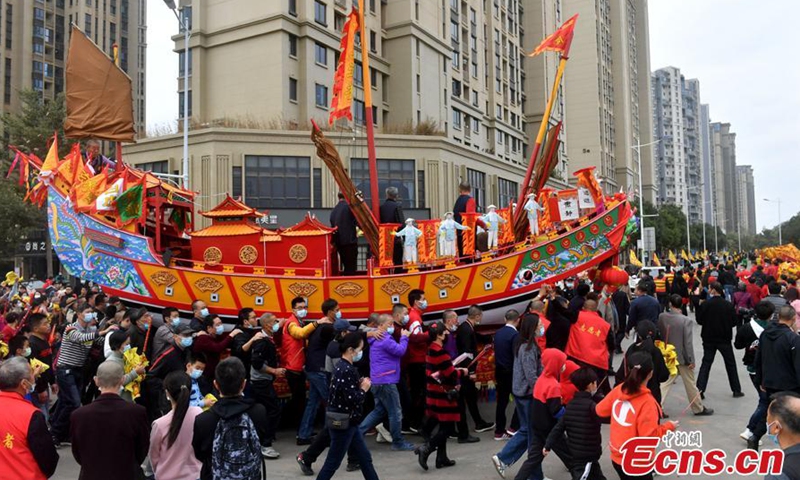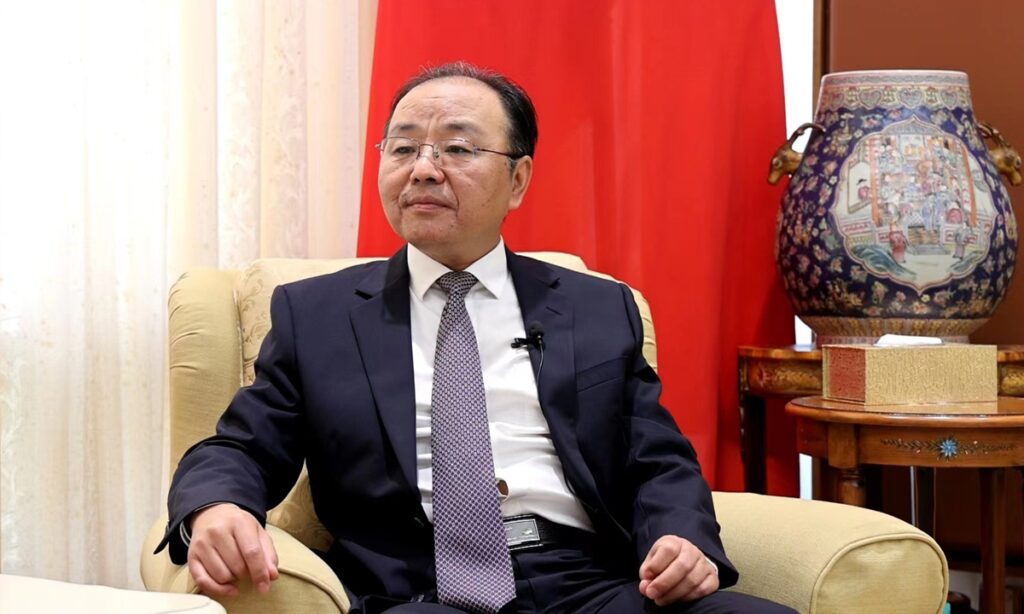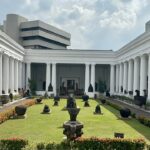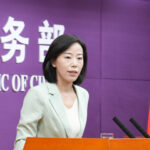Building a China-Malaysia cultural community of shared future is a continuation of the millennium-old friendship and cultural exchange between the two nations, Chinese Ambassador to Malaysia Ouyang Yujing told the Global Times in a recent interview in Malaysia, noting that Malaysia is one of the countries outside China where Chinese culture is well preserved.
China and Malaysia have a long history of friendly exchanges. The story that Ming Dynasty (1368-1644) Chinese navigator Zheng He (Cheng Ho) and his fleet visited Malacca five times during his seven voyages is well-known in Malaysia and has become an epitome of China-Malaysia exchanges.
Malacca city, located along the Strait of Malacca, used to be an important trade hub and a knot for cultural exchanges between the East and West.
During Malaysian Prime Minister Datuk Seri Anwar Ibrahim’s official visit to Beijing on March 31, 2023, he and Chinese President Xi Jinping recalled the history of Admiral Zheng’s seven voyages to the “Western Ocean” 600 years ago. Anwar commented: “The significance of Admiral Zheng He’s voyages has gone far beyond that of economic exchanges. It is the communication of cultures and convergence of civilizations,” Malaysian newspaper New Straits Times reported.
“When we visited Malacca, we deeply felt the image and spirit of Zheng He deeply rooted in the local community. At that time, Chinese immigrants who arrived in Malacca married with the locals, and their descendants formed the unique Peranakan culture, which has become an important symbol of friendship between China and Malaysia,” Ouyang told the Global Times.

A photo taken on Dec. 5, 2020 shows the traditional folk Wangchuan ceremony being held in the She community in Xiamen, Southeast China’s Fujian Province. (Photo: China News Service/Lu Ming) Two projects, Chinese martial art Tai Chi and the China-Malaysia joint nomination “Wangchuan ceremony and related practices for maintaining the sustainable connection between man and the ocean” were included on UNESCO’s Intangible Cultural Heritage list on Thursday.
As an envoy to Malaysia, Ouyang can see the inheritance of Chinese culture among Chinese Malaysians everywhere in Malaysia. Malaysia has established complete and systematic Chinese education in its national education system covering preschool to higher education, the only overseas country to do so.
In various parts of Malaysia, Ouyang can see rich “Chinese cultural elements” everywhere, hear Putonghua (Standard Chinese), as the local Chinese community, mainly composed of Minnan, Hakka, Teochew, and Hainanese groups, has successfully inherited Chinese languages, lifestyles, and cultural traditions, said Ouyang.
“During traditional festivals such as the Spring Festival, Mid-Autumn Festival, and Dragon Boat Festival, Chinese people in Malaysia normally gather with their families and hold various celebratory activities. It can be said that Malaysia is one of the countries overseas where Chinese culture is preserved most completely,” he said.
“Malaysia’s multicultural integration fully proves that as long as we uphold the spirit of inclusiveness, mutual respect, understanding, and equal dialogue, diverse cultures can coexist harmoniously in one country. Similarly, different civilizations can seek common ground while reserving differences and complement each other in the same world,” Ouyang stressed.
The ambassador vowed that China will work together with Malaysia to implement the Global Civilization Initiative, deepen exchanges between Chinese civilization and Islamic civilization, expand practical cooperation between the two countries in the fields of culture, tourism, education, sports, and “inject the driving force of civilization into the construction of a China-Malaysia community of shared future.”
(Global Times)




